2018 Toyota Yaris review, test drive
The Yaris sedan for India will only get a 1.5 petrol engine. We find out how the new Toyota fares in the mid-size sedan segment.
Published on Apr 15, 2018 08:00:00 PM
1,86,589 Views
Follow us onToyota Yaris has a slightly stiff suspension that allows it to take bad roads in its stride.
It would have looked better with bigger wheels; these 15-inch ones are a bit small.

The new design of the nose is sporty and the headlights and grille combo are attractive.
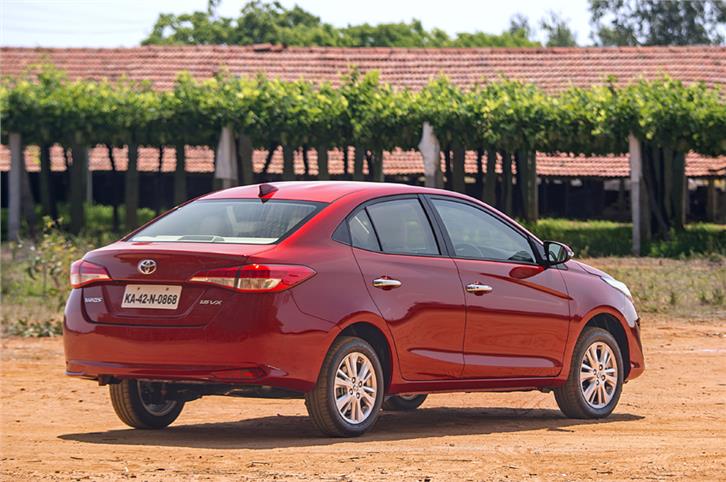
Chrome door handles stand out, look a bit out of place here.
What is it?
The Toyota Yaris sedan is a Honda City and Hyundai Verna rival that's been a long time coming. Often on the list of hopefuls, but dropped generation after generation for one reason or another, the Toyota Yaris is now finally here. Toyota will commence serial production of the car at its plant in Bidadi near Bengaluru later this month, and it will be available with a petrol engine only. It will, however, get both manual and automatic versions right from the word go.
Interestingly, like the Corolla, the Yaris is also a global nameplate for Toyota, with the car made in six different production sites around the world and sold in 120 markets. But like the former, the Yaris that will go on sale here end of May, will be the sedan version, sold mainly in various ASEAN and developing markets around the region.
Look at it head-on, and the recently facelifted and updated Yaris is an attractive-looking car. The big black air dam makes the nose of the car look sporty, the headlights and badge gel nicely with the rest of the nose and the sweep of the roof is well executed too. This clearly is no workman like the Etios. Still, out on the road (and off the motor show floor), the Yaris looks a bit smaller in the flesh than you expect. And that's probably because it is; the Yaris' 4,425mm length and 2,550mm wheelbase are smaller than that of the City which stretches the tape at 4,440mm and 2,600mm. Even the 15-inch wheels look a size down.
The sedan is based on Toyota's global 'B' platform but differs from the car sold in Europe and other markets. Whereas that car is called the XP130, this built-for- developing-markets car is designated ‘XP150’. The ride height on the Yaris has been raised for Indian roads and it now gets taller springs and stiffer dampers. And Toyota engineers have also added acoustic glass windows, and additional sound-deadening material to help reduce engine and road noise.
While Toyota's mainstay in India is diesel, the Yaris will only be available with a petrol engine. Putting out a decent 107hp, the 1.5-litre petrol is mated to a six-speed manual or a seven-step CVT automatic.
Safety, however, clearly is the focus. The Yaris comes with a class-leading seven airbags, including a knee bag as standard – on all variants! There are disc brakes on all four wheels (on the V and VX versions), the car gets ESP, there's traction control, and some versions even get a tyre pressure warning system.
What's it like to drive?
Toyota's 1.5-litre engine is smooth at idle. There's almost no rocking motion when you place your foot on the throttle and it is very responsive to that first important tap on the accelerator. So drive it in a relaxed manner and performance feels effortless. It's even very tractable and pulls cleanly from 1,200rpm or even 1,000rpm, in almost any gear.
However, ask for a bit more acceleration and it disappoints. The engine is slow to respond, revs build at a leisurely pace and progress is so relaxed, you soon start looking for a lower gear. And this is particularly true when overtaking. Power and performance do eventually begin to trickle in, and by 4,000rpm the engine is pulling much harder. But one thing's for sure – midrange performance isn't a strength here, especially in this state of tune.
Nor is refinement at high revs. The harder you rev this all- aluminium engine, the more vocal and thrashy it gets; the din from 5,000 to 6,000rpm is particularly loud. Still the Yaris performs decently when you rivet your right foot to the floorboard, and though performance is nowhere near that of the Hyundai Verna, let alone the Honda City, it is adequate enough to keep the average driver satisfied.
What makes the driving experience a bit nicer is that the six- speed manual does a decent job. It is reasonably light to engage gears, only needing an extra nudge or push occasionally, and though the spring-loading on the gear lever is a bit high, selecting gears doesn't take too much effort or attention. The clutch is nicely weighted too.
The CVT automatic is even nicer. Even a mild tap on the throttle is met with an instant jump in engine speed past 3,000rpm, and then – although there's still a lot of stretch and strain – the revs continue to rise if you go harder on the gas pedal and demand more performance. For those of you who want to take control, there's even a 'manual mode' via the paddles behind the steering. Yes, hitting the left paddle isn't the same as going down a real gear on a traditional gearbox, but the CVT responds so well and shortens the gearing so nicely, it really does feel effective.
The other area where the Yaris shines is ride quality. Yes, there is a hint of firmness at lower speeds and you can feel the stiffness in the springs when the car rolls over sharp-edged bumps, but once up to speed, comfort is very impressive. The ride is silent; there's no secondary movement even over larger bumps and you can carry a lot of speed over craters, with the Yaris remaining stable and not tossing passengers around like the Verna and City do. Even straightline stability is very good, and with its disc brakes on all four wheels (V and VX versions), you feel pretty secure at high speeds. Yes, the pedal does feel overservoed or too sensitive, and the brake pads do bite a bit too hard when you tap the brakes; but once your foot is accustomed to the sharp response, the Yaris's ability to stop on a whim is something you come to appreciate tremendously, especially in our driving conditions.
The Yaris, however, isn't really a fun car to drive. Yes, stability is good, the strong brakes allow you to carry a bit of extra speed into corners, and it does hang on gamely once you are in the corner. The steering, however, feels vague and lifeless; there's almost no connection with the front wheels as speeds rise and cross triple- digit figures, and the Yaris feels even more nervy doing relatively everyday things like changing lanes.
What's it like on the inside?
The updated cabin of the Yaris, with its beige and black scheme and 'waterfall' centre console, works well. Using the powered driver’s seat to find your ideal driving position clearly makes the Yaris feel like it is from a class above, and what's nice is that the range of adjustment is so wide, even short drivers will be happy. What does spoil the driving position a bit, however, is that the steering doesn't adjust for reach and is set too close to the dash.
The cabin is typically Toyota, reminding you in places of its bigger sister, the Corolla. The layered dash, the chunky steering wheel, the bulging doorpads; there's a lot that reminds you of Toyota's global bestseller. But there are a few new elements that stand out. The backlit instrument panel with its 4.2-inch colour TFT screen looks extremely attractive, the soft-touch air-con buttons function with a slickness that's very pleasing, and the chrome, black and tan colour palette works so well, it truly does convey a feeling of well-being.
Levels of fit and finish are not class-leading though. There are plenty of hard and unyielding plastics on the dash, and lower down the cabin you go, the worse it gets. Yes, the steering wheel and gear lever look good in isolation and that is important, but place them next to those on the Verna, and the Yaris suddenly looks distinctly second-best.
The touchscreen with its myriad gesture controls is a nice addition, and lowering or increasing the volume by waving your hand does feels cool, but the head unit still looks like an aftermarket piece. However, it doesn’t get Apple Car Play or Android Auto. Then there's no dedicated USB slot (only one in the audio system) and there's no sunroof. You do get a massive cooled glovebox and a manual rear sunblind, both of which substantially add to overall comfort levels. The boot is also reasonably large at 476 litres and is extremely practical too. You can split and fold the rear seats for more space and practicality (60:40 split), the loading lip isn't too high, and, this time around, Toyota has added some much-needed cladding to the underside of the boot lid.
The front seats are also extremely comfortable. Side bolstering is nice, shoulder support is first rate and the seats are wide enough for long hours behind the wheel. Rear-seat comfort is also good. There's a fair amount of legroom, the seat base is nice and long, the backrest is nicely reclined and the cushioning on the part-leather seats is also spot on. Headroom, however, is a bit tight if you are over 6ft tall, and though the Yaris does have a good back seat, it isn't nearly as nice as that of the City. Also, while the floor of the cabin is flat, the elbow box does intrude into where the third passenger will be sat. So, despite the Yaris having five three-point seatbelts, this car is best used as a four-seater.
The Yaris doesn’t get conventional air-con vents at the rear, so Toyota has added a roof-mounted air-con system that looks a bit like the Starship Enterprise from the Star Trek TV series. The unit looks quite aftermarket, and its presence means you can't have a sunroof, but put on the blower, especially on a hot day and there's no denying its effectiveness. And that blade-like airflow adjuster actually works quite well. What's also neat is that you get your own controls at the back for blower speed and you can even play around with the intensity of the blue 'highlight'.
Should I buy one?
The Yaris is Mr Average, a car that does almost everything reasonably well. It isn't really fun to drive and it doesn't really have the best cabin quality, but what you have with the Yaris is a car that will deliver an above-average performance in almost all important areas. Easy to drive in the city, competent on the highway and, unless you are above 6ft tall, pleasant to be driven around in the back as well.
Toyota has given the Yaris several features to compete with other well-loaded competitors. Amidst other kit that we’ve come to expect out of a car in its segment, the Yaris features many segment-firsts besides the gesture control for the touchscreen, 60:40 rear seat split, roof-mounted rear air-con with ambient lighting, a powered driver’s seat like a tyre pressure-monitoring alert, adjustable three-neck restraints for the rear seat and front parking sensors.
It is likely to be a fuss-free and reliable car owners are likely to appreciate after years of ownership, and add to that Toyota's sharp focus on safety. No, it doesn't stand out as something special, and with price tag ranging between Rs 8.75 lakh and Rs 14.07 lakh (ex-showroom, India), it isn't to exactly cheap. But if what the Toyota brand stands for appeals to you, the Yaris is a car you should keep on your shortlist.
Also see:
2018 Toyota Yaris sedan India image gallery
2018 Toyota Yaris vs rivals: Specifications comparison
Tech Specs 
Copyright (c) Autocar India. All rights reserved.


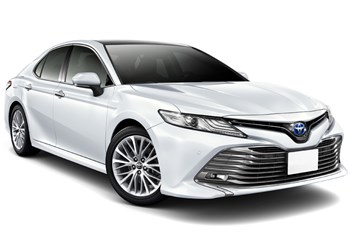


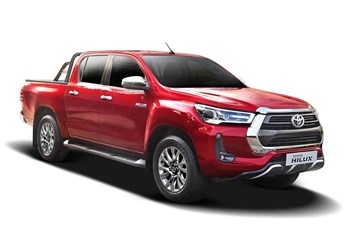
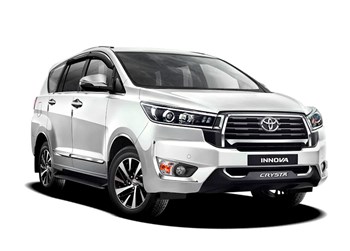
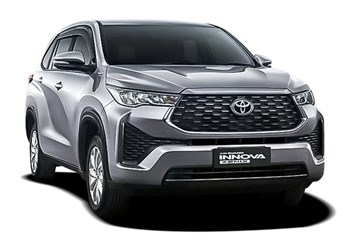
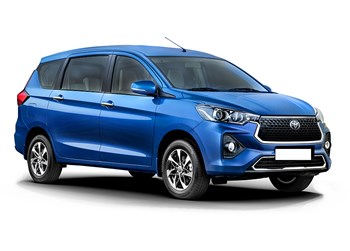
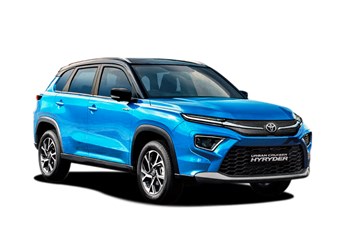
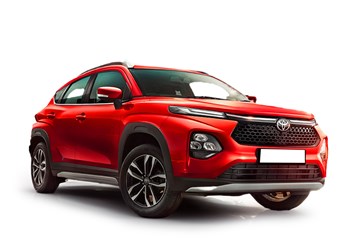
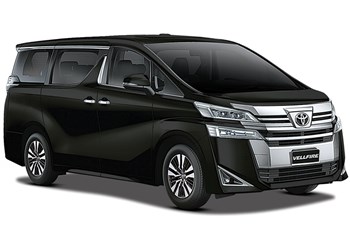



 Engine
Engine Transmission
Transmission Body
Body Suspension
Suspension Brakes
Brakes Dimensions
Dimensions
Comments
Member Login
Personal Details
No comments yet. Be the first to comment.